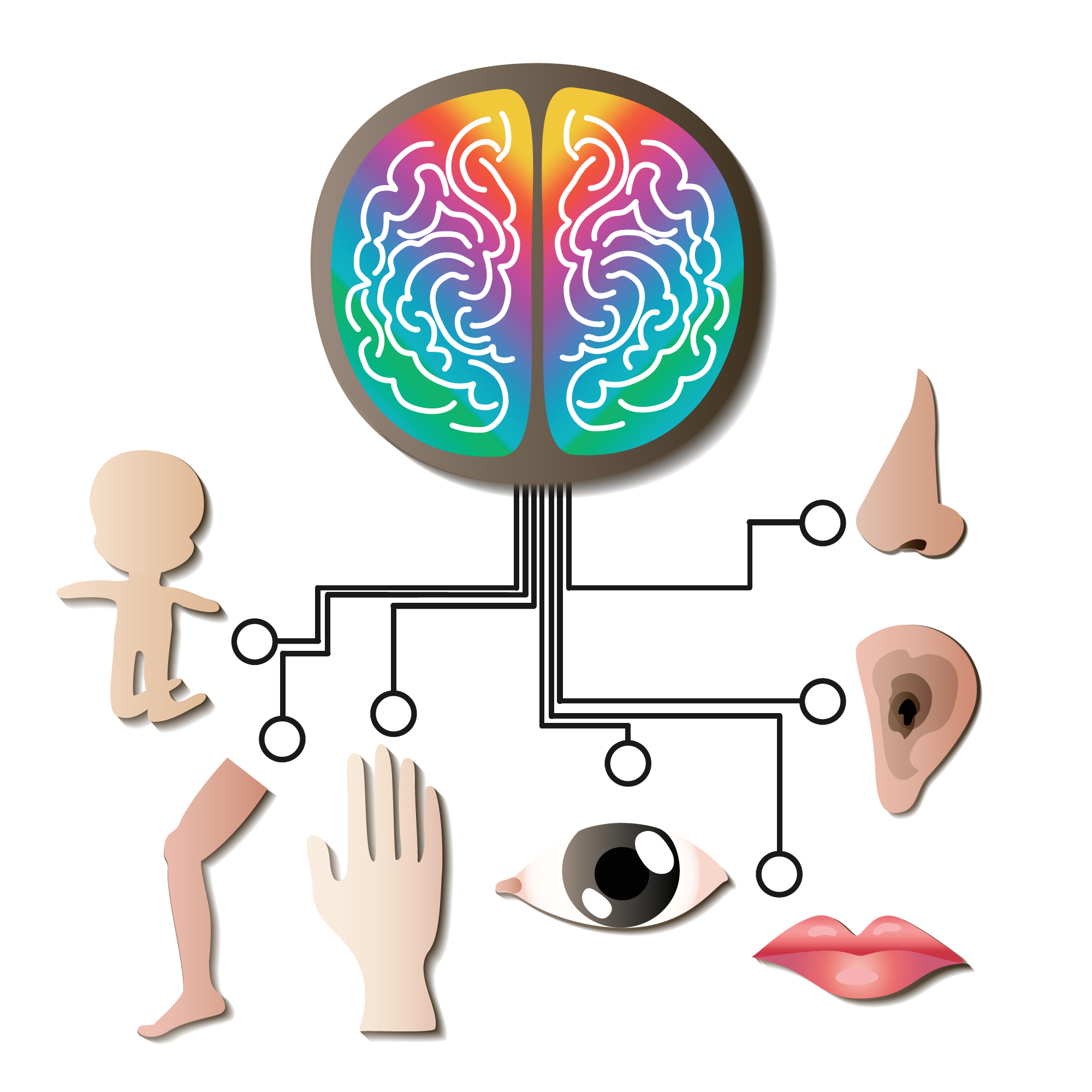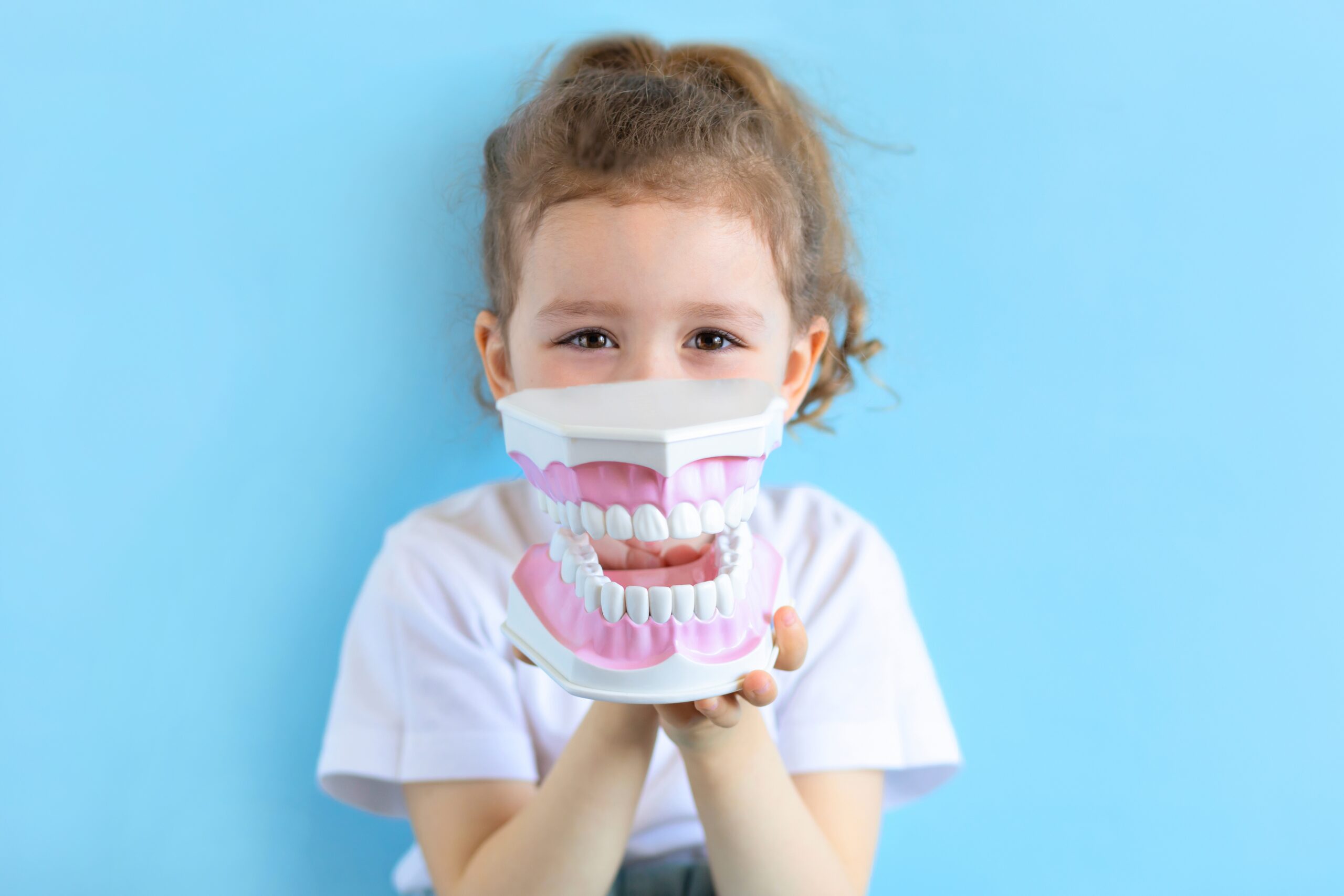
Blog
Understanding Enamel Hypoplasia in Children
Author: DrSensory
July 7, 2025
Understanding Enamel Hypoplasia in Children
Enamel hypoplasia is a developmental condition where the outer layer of the tooth (enamel) forms incompletely or is thinner than normal. This weak enamel can make children more susceptible to cavities, sensitivity, and visible tooth discoloration.
Though enamel hypoplasia may look similar to stains or fluorosis, it requires a different approach to diagnosis and treatment. At DrSensory, we help parents understand these differences and take steps toward proactive, preventive dental care for their children.
What White Spots on Kids’ Teeth Really Mean
Breathing vs. Chewing: How Airway Health Impacts Oral Skills
How Baby Bottle Use Can Impact Oral Development

What Causes Enamel Hypoplasia in Kids (and How to Manage It)
Enamel hypoplasia develops during the early stages of tooth formation, often in utero or during early childhood. Multiple factors can disrupt proper enamel development, including:
Nutritional Deficiencies
Low levels of calcium, vitamin D, or other essential nutrients during pregnancy or infancy can interfere with enamel mineralization.
Childhood Illness or Infection
High fevers, infections, or illnesses between birth and age 3 can impact enamel development. Common culprits include chickenpox, pneumonia, or other systemic conditions.
Medications and Chemical Exposure
Certain medications (like early antibiotic use) or exposure to toxins during critical tooth-forming years may impair enamel production.
Trauma to the Mouth or Jaw
Injuries during early childhood, especially before the permanent teeth form, may physically damage the cells that create enamel.
How Dental Alignment Affects Chewing and Swallowing in Children
Differences Between Enamel Hypoplasia, Staining, and Fluorosis
Parents often confuse enamel hypoplasia with dental stains or fluorosis. Here’s how to tell the difference:
Enamel Hypoplasia
Cause: Developmental disruption of enamel
Appearance: White, yellow, or brown spots; rough or pitted surface
Risk: High risk for cavities, tooth sensitivity, and wear
Tooth Staining
Cause: Foods, drinks (like juice or soda), or medications
Appearance: Surface-level discoloration (usually brown or yellow)
Risk: Primarily cosmetic; enamel remains intact
Dental Fluorosis
Cause: Overexposure to fluoride while teeth are forming
Appearance: White streaks, spots, or mild brown discoloration
Risk: Mostly aesthetic unless severe
Correct diagnosis is key—so don’t guess. If your child’s teeth show unusual spots, bring them in for a pediatric dental evaluation at DrSensory.com.
Baby Teeth and Speech Development: How Are They Connected?
When Is Thumb Sucking a Problem? A Developmental Guide for Parents
How to Manage Enamel Hypoplasia in Children
Early diagnosis allows for proper dental care planning. Treatment may vary based on severity:
Fluoride Treatments
Professional fluoride applications can remineralize weakened enamel, reducing sensitivity and cavity risk.
Dental Sealants
Sealants protect teeth with vulnerable enamel surfaces, especially molars, from developing decay.
Cosmetic Restoration
In moderate to severe cases, bonding or veneers may be used to restore the appearance and strength of affected teeth.
Routine Monitoring
Children with enamel hypoplasia should see a pediatric dentist every 3–6 months. These checkups help catch any new damage or decay early and allow for timely intervention.
Signs Your Child May Have a Hidden Oral Restriction
The Importance of Brushing Teeth Starting at a Very Young Age
Don’t Ignore the Signs of Enamel Hypoplasia
If you’ve noticed spots, sensitivity, or rapid decay in your child’s teeth, enamel hypoplasia might be the cause. This condition doesn’t always mean future dental problems—but it does require attentive care and management.
Visit DrSensory.com to explore more expert tips on pediatric oral health, and book an appointment with a sensory-friendly pediatric dentist near you.

🔍 FAQ: Enamel Hypoplasia in Kids
❓ What does enamel hypoplasia look like in children?
Enamel hypoplasia often appears as white, yellow, or brown spots on your child’s teeth. The surface may also look rough, pitted, or thin, and these areas may be more sensitive to temperature or food.
❓ Is enamel hypoplasia permanent?
Yes, once enamel forms improperly, it does not regenerate. However, with preventive care like fluoride treatments and sealants, the risk of cavities and sensitivity can be reduced significantly.
❓ Can you fix enamel hypoplasia in baby teeth?
While you can’t “reverse” hypoplasia, pediatric dentists can manage it with treatments like fluoride, sealants, and sometimes dental bonding. Managing the condition early helps protect both baby and permanent teeth.
❓Is enamel hypoplasia the same as tooth decay?
No, but it can increase the risk of tooth decay. Hypoplastic enamel is weaker and more prone to bacterial buildup, making it important to monitor oral hygiene closely.
❓When should I see a dentist for enamel hypoplasia?
If you notice spots, discoloration, or sensitivity in your child’s teeth, schedule a pediatric dental visit. A dentist can confirm if it’s enamel hypoplasia and provide a tailored treatment plan.
related blogs
Your child is constantly moving, crashing into furniture, or having meltdowns in response to seemingly minor things like a loud
Your toddler refuses to wear certain clothes, has huge meltdowns in noisy places, or is an extremely picky eater, limited
Your child seems to miss verbal instructions, struggles to follow conversations in noisy environments, and often asks "what?" even when
On the surface, autism and Ehlers-Danlos syndrome (EDS) might seem like two entirely unrelated conditions. One is a neurodevelopmental condition
The intense head pain begins, lights feel blindingly bright, and every sound seems amplified to an unbearable level. You retreat










































































